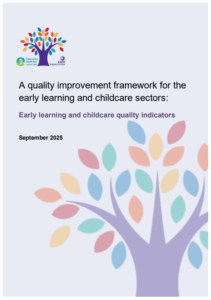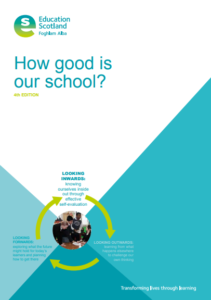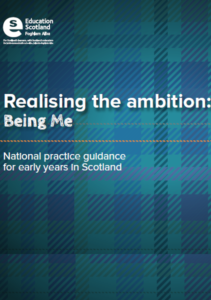p18
Pre-birth to Three (Learning and Teaching Scotland, 2010) reflected on four key principles of the Rights of the child, Relationships, Responsive care and Respect.”
p52
The early childhood curriculum experiences that practitioners provide for our very youngest should continue to be based on the four interrelated and interdependent principles of the Rights of the Child, Relationships, Responsive Care and Respect.”
p84
Continuous learning and development to better understand and meet the needs and rights of young children
p99
Our Scottish early childhood curriculum promotes a child-centred approach. We recognise the value of a flexible and responsive curriculum. We know that positive outcomes for children and families are realised in settings which uphold the rights of the child.
p106
The Reggio Emelia Approach offers a philosophy, which is centred on the image of the child. Carla Rinaldi writes that right from the moment of birth, the child should be viewed as competent, a fully participating citizen who possesses rights. The child has rights rather than needs and the role of the practitioners is to ensure that these rights flourish.



